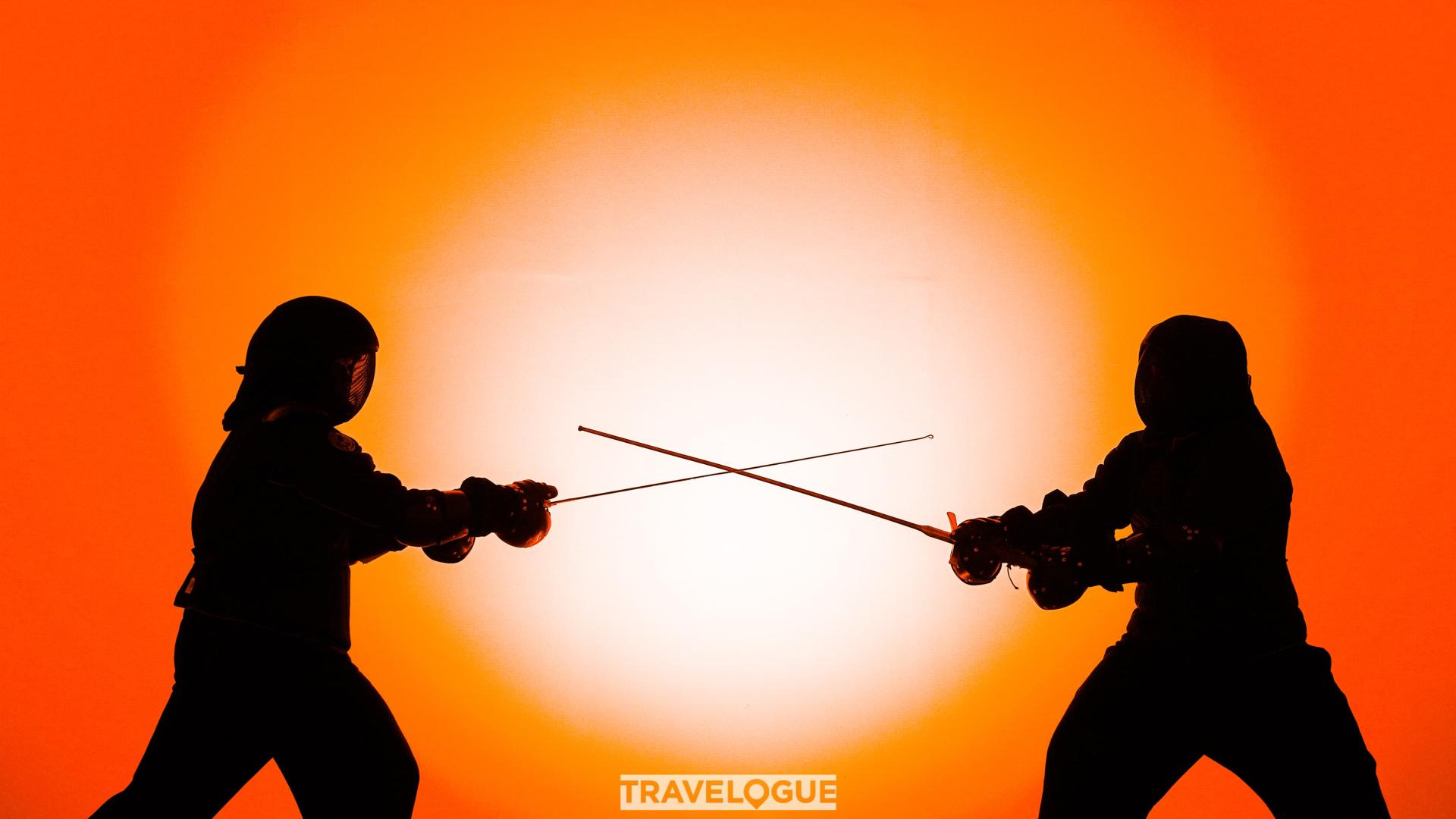Exploring the Rich Heritage of Historical European Martial Arts (HEMA): Techniques, Revival, and Modern Practice
Historical European martial arts revive Europe's rich martial heritage, blending tradition with modern combat techniques.

The practice of Historical European Martial Arts (HEMA) has seen a resurgence across the globe, and it is steadily gaining a devoted following in China. Enthusiasts are embracing this discipline not only for its unique combat techniques but also for its deep historical roots, which date back to the medieval and Renaissance periods in Europe. Clubs dedicated to HEMA training are appearing in major Chinese cities, attracting participants eager to don period-accurate gear and master the use of swords, polearms, and other traditional weapons.
Unlike modern fencing, HEMA strives to reconstruct and preserve the original martial systems found in centuries-old manuals written by European masters. Modern practitioners meticulously study these historical texts, applying what they learn in sparring sessions that emphasize both skill and safety. The appeal of HEMA lies in its authenticity—every movement practiced is an echo from the past, meticulously researched and replicated as closely as possible using modern training equipment.
Participants in China say that HEMA offers an alternative way to engage with European culture and history, beyond the well-trodden paths of art and literature. For some, it is the blend of physical challenge and intellectual curiosity that stands out. “Learning HEMA feels like stepping into a living history lesson,” said one practitioner. The community aspect is equally important, with clubs regularly organizing workshops, tournaments, and public demonstrations, drawing crowds keen to witness reenacted duels and technical displays.
The growth of HEMA in China reflects a broader trend of global cultural exchange, where martial arts from various traditions are finding new life and appreciation beyond their countries of origin. While the practice remains niche compared to more established Asian martial arts, its passionate advocates believe that its combination of history, sport, and camaraderie will ensure its continued rise in popularity. As interest grows, so does the commitment to preserving and sharing the rich martial heritage of Europe with new generations, far from its original birthplace.




